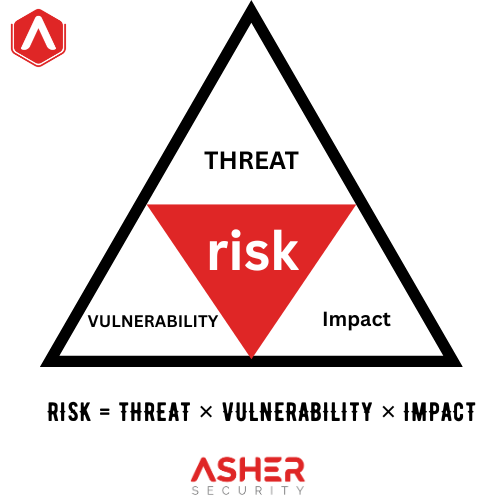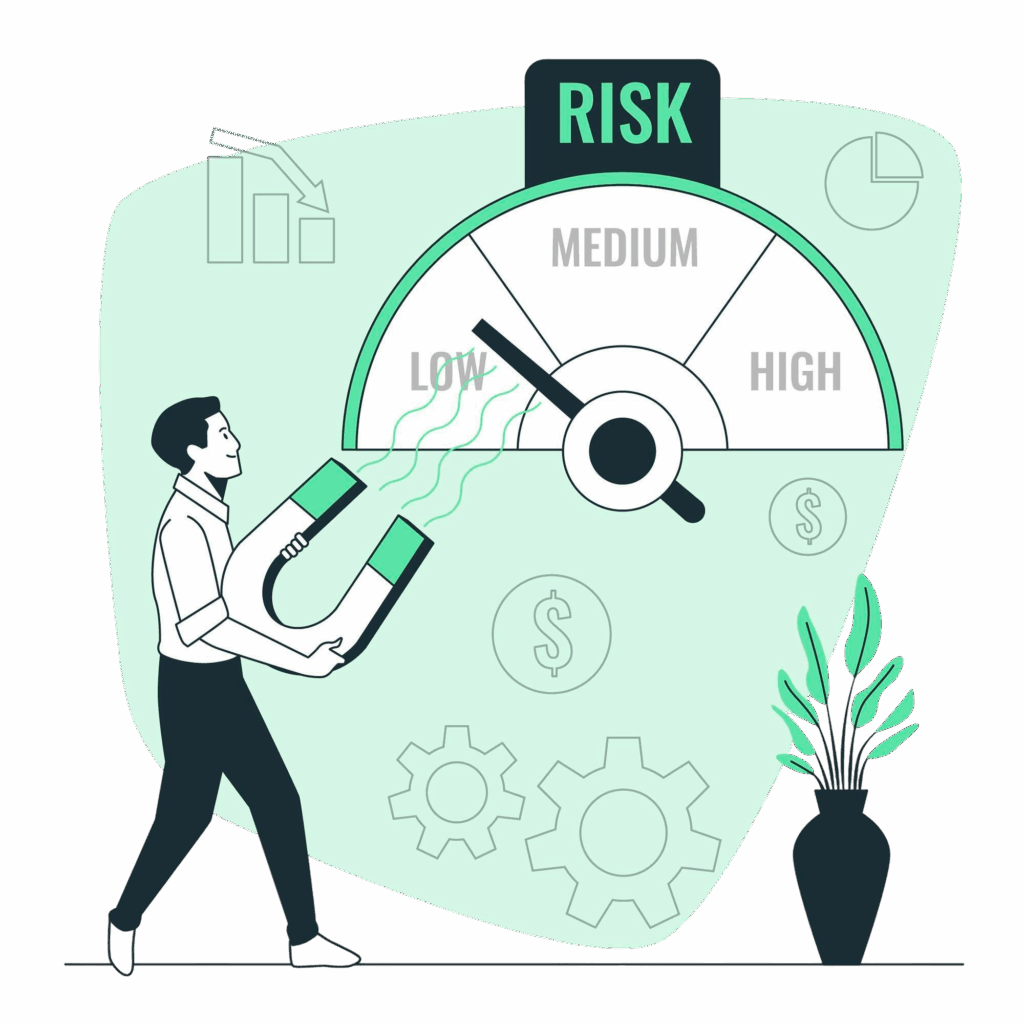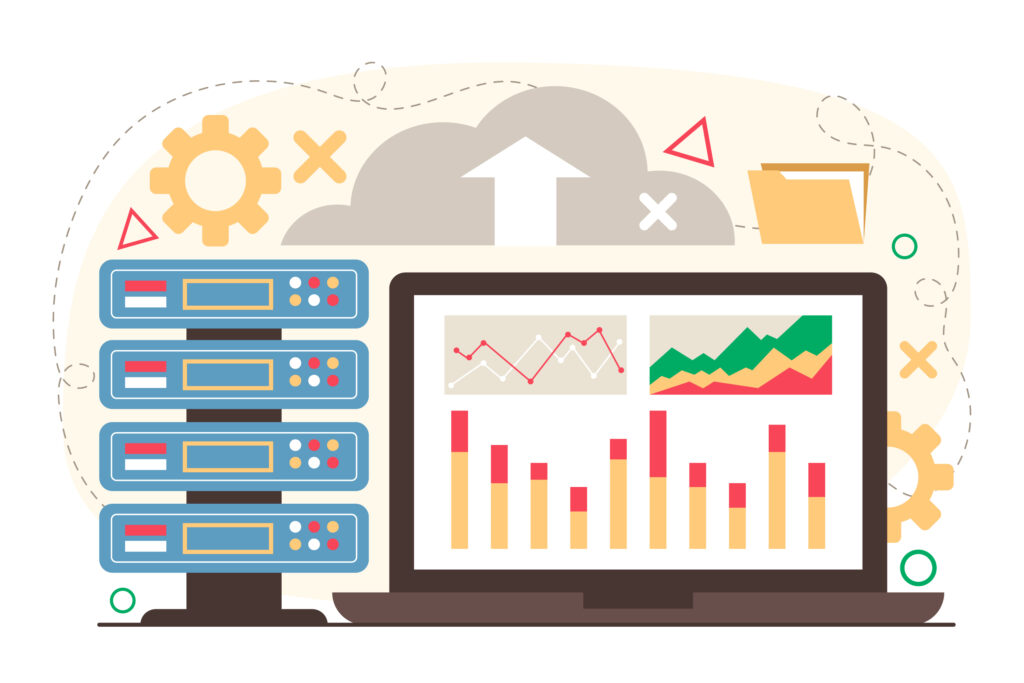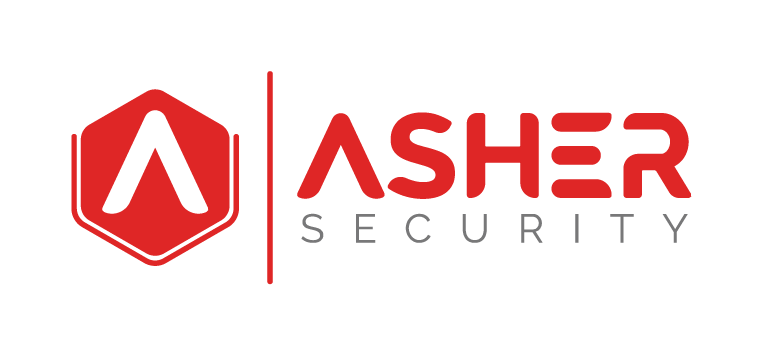How To Do Risk Scoring: The Hidden Math Behind Smarter Cybersecurity Decisions

Global enterprises and lean startups need to understand what risk scoring is and how important it is considering the growing spectrum of cyber risks.
What was once theoretical is now a persistent and measurable reality: data breaches, ransomware attacks, and system compromises are no longer a matter of if, but when.
For business and security leaders alike, the challenge lies not only in identifying risks but in evaluating their urgency and potential damage. Historically, this process was driven by assumptions, intuition, or static compliance checklists. But modern threats demand more than guesswork — they demand a clear, structured, and data-driven methodology.
This is where risk scoring comes into play.
Whether it’s managing the reputational fallout from a phishing attack, complying with cybersecurity insurance requirements, or preventing the ripple effects of a web DDoS attack, risk scoring provides a powerful framework to turn uncertainty into insight. It enables organizations to monitor and prioritize threats, communicate more effectively with stakeholders, perform security training for businesses, and build stronger defenses.
From cybersecurity governance and compliance to vendor risk assessments and AI-related vulnerabilities, risk scoring ensures your organization isn’t just reacting to risk — it’s getting ahead of it.
Let’s take a deep dive into the concept of what risk scoring is and how it’s calculated, why it matters, and how it fits into the broader landscape of cybersecurity and compliance.
To understand risk scoring, we need to start with the fundamentals. What is risk?
What Is Risk in Cybersecurity?
In cybersecurity, risk is typically defined as the potential for loss or damage when a threat exploits a vulnerability. This brings us to the classic triad: risk vs threat vs vulnerability.
- Threat: Any potential cause of an unwanted incident, such as a hacker, malware, or insider error.
- Vulnerability: A weakness in a system that can be exploited by a threat — for example, an unpatched software vulnerability or misconfigured server.
- Risk: The intersection of threats and vulnerabilities, combined with the potential impact on an organization.
In simple terms:

Risk = Threat × Vulnerability × Impact
This basic formula lays the groundwork for risk scoring — the practice of quantifying risk.
What Is Risk Scoring?
At its core, risk scoring methodology is used to assign numerical values to identified risks, providing a structured way to evaluate, prioritize, and address potential threats. Whether you’re dealing with phishing scams, web DDoS attacks, or insider threats, the goal of risk scoring is to turn qualitative concerns into quantitative action items.
Unlike subjective judgments or gut instincts, a formal risk scoring system leverages data, established criteria, and consistent evaluation frameworks. It forms the backbone of any modern compliance management system or cybersecurity governance program, offering a repeatable and scalable model to assess an organization’s risk profile.

A risk score assigns a numeric value to a risk, usually on a scale (e.g., 1 to 5, or 1 to 100), based on factors like:
- Likelihood of occurrence
- Severity of impact
- Ease of exploitation
- Mitigation complexity
By calculating risk scores, organizations can visualize which threats demand immediate action and which can be monitored over time — a concept known as risk prioritization.
The Risk Score Formula
There’s no one-size-fits-all formula, but most risk score formulas follow a similar structure:
Risk Score = Likelihood × Impact
Some advanced formulas add other dimensions like:
Risk Score = (Likelihood × Impact) × Detection Difficulty
Or:
Risk Score = (Threat Likelihood × Vulnerability Severity × Business Impact) / Mitigation Readiness
This numeric approach gives teams a compliance management system for risk: repeatable, auditable, and aligned with frameworks like NIST, ISO 27001, and CIS Controls.
Why Risk Scoring Matters
With the average cost of data breach now exceeding $4.45 million globally, according to IBM’s 2023 report, the ability to quickly identify and prioritize risks is no longer a luxury — it’s a necessity. Cyber-attacks are no longer limited to IT disruptions; they affect revenue, reputation, and regulatory standing.
- Smarter Risk Prioritization
With limited time and budget, no team can address every vulnerability immediately. Risk scoring enables risk prioritization by spotlighting the most urgent issues. For example, a web DDoS attack against a mission-critical eCommerce platform may receive a high score due to its impact on revenue, while a misconfigured internal printer port may score low.
- Board-Level Reporting
Translating cyber risk to executive stakeholders is challenging. A well-defined risk score bridges this gap. Decision-makers understand numbers. Showing them that 5 risks are “critical” (score: 25/25) while 20 are “low” (score: 5/25) creates clarity and confidence.
- Regulatory Alignment
Whether you’re under GDPR, HIPAA, SOX, or industry-specific standards, risk scoring helps demonstrate control maturity. A documented scoring system shows regulators you’re not just reacting — you’re methodically managing risk.
- Cyber Insurance Risk Assessment
Insurance providers now expect detailed cyber insurance risk assessments before underwriting policies. Demonstrating a structured risk scoring process can not only reduce premiums but also prevent coverage denials after an incident.
Asher Security Risk Scoring in Action
Here is how we do it at Asher Security: Let’s imagine a mid-sized healthcare organization performing a risk assessment.
Scenario:
- A vulnerability exists in a patient scheduling system.
- Exploiting it could expose protected health information (PHI).
- Likelihood of exploitation is medium (3/5).
- Impact is high (5/5) due to potential HIPAA fines.
- Mitigation is moderately complex (3/5).
Risk Score = Likelihood × Impact = 3 × 5 = 15 (Moderate to High)
This score pushes the issue to the front of the remediation queue — rightly so.
Now compare that to a vulnerability in a non-networked printer system:
Risk Score = 2 × 2 = 4 (Low)
This can be addressed later, or even accepted as a tolerable risk depending on appetite.
Building a Risk Scoring System

Implementing a risk scoring model requires thoughtful planning. Here’s how organizations can approach it:
Step 1: Define Your Scoring Criteria
Start with basic values for likelihood and impact. You might define:
- Likelihood:
- 1 = Rare
- 3 = Possible
- 5 = Almost certain
- Impact:
- 1 = Minimal disruption
- 3 = Moderate legal/financial risk
- 5 = Severe data breach or business shutdown
You can later expand to include detection difficulty, mitigation cost, or exposure time.
Step 2: Create a Risk Register
Log every identified risk along with its score, owner, and mitigation timeline. This becomes your compliance management system for cyber threats.
Step 3: Visualize with a Risk Matrix
A risk matrix maps scores by impact and likelihood to show severity zones. High scores fall in the top right quadrant and demand attention.
Step 4: Reassess Regularly
Risk is dynamic. A patch may reduce vulnerability, or a new threat actor may increase likelihood. Regular reassessment keeps your scores relevant.
Common Applications of Risk Scoring
1. Cyber Insurance Risk Assessment
Insurers are increasingly basing premium rates on a company’s ability to demonstrate a mature risk scoring methodology. Companies with no documented scoring process may face higher premiums or outright denial of coverage.
A clear and consistent scoring framework shows that you’ve assessed your assets, identified weaknesses, and are taking active steps to reduce exposure — all factors that reduce the likelihood and severity of a claim.
2. Third-Party & Supply Chain Security
Many breaches originate from third-party vulnerabilities. For example, the infamous Target data breach (2013) was traced back to a compromised HVAC vendor.
Using risk scoring, organizations can evaluate vendor relationships and prioritize due diligence based on:
- The sensitivity of data shared
- The vendor’s security controls
- The level of system integration
Scores help flag which vendors should undergo deep audits or contractual reassessments.
3. Security Training for Businesses
Security Training for Businesses: Closing the Loop
Your risk score should inform security training for businesses. If phishing scores are consistently high, run anti-phishing simulations. If misconfigurations drive risk, prioritize admin training. This risk-informed strategy ensures training investments reduce the highest threats.
Human error remains the #1 cause of cyber breaches. Risk scoring highlights which business units or user groups are more susceptible to phishing, credential reuse, or social engineering. This allows cybersecurity teams to:
- Tailor security awareness campaigns
- Assign role-specific training
- Measure improvement over time
Risk Scoring and AI: A New Frontier
As artificial intelligence and automation become mainstream, so too does their use in cybersecurity. Machine learning models can now:
- Scan thousands of logs for threat indicators
- Automatically assign risk scores
- Detect patterns in phishing, ransomware, or insider threats
However, research shows only 24% of GenAI initiatives are currently secured — exposing another risk vector that must be measured and monitored.
Measuring Risk Maturity Over Time
A robust risk scoring process enables trend tracking and maturity assessments. You can:
- Track how many high-severity risks were mitigated per quarter
- Visualize shifts in your risk posture across departments
- Set benchmarks to measure security control effectiveness
Use dashboards, heatmaps, and risk registers to maintain visibility and communicate progress to executive leadership and board members.
Best Practices for Effective Risk Scoring
✅ Use real-world threat intelligence to inform scoring
✅ Customize the scoring scale to match your industry and organization size
✅ Regularly revisit and re-score risks as your environment evolves
✅ Document your methodology for audit and compliance purposes
✅ Automate the scoring process where possible (SIEM, GRC platforms)
✅ Integrate into a broader compliance management system
Cyber Attack Stats That Justify Risk Scoring
Still wondering if it’s worth the effort? Consider these recent cyber attack stats:
- In 2023, the average cost of a data breach hit $4.45 million — an all-time high (IBM).
- 91% of attacks begin with phishing — a threat often underestimated in scoring.
- Web DDoS attacks surged 200% year-over-year (Cloudflare, 2024).
- 60% of small businesses close within six months of a major cyber attack (Forbes).
These numbers are more than headlines — they’re reminders that informed action beats blind defense. And risk scoring brings that clarity.
Final Thoughts
Risk scoring isn’t just a calculation — it’s a strategic tool that shapes your entire cybersecurity posture. It tells you what matters most, how fast you need to act, and where to allocate time and budget.
In a world of advanced persistent threats, deepfakes, supply chain breaches, and web-based attacks, relying on gut instinct is no longer sufficient. Risk scoring offers a smarter, data-driven approach to cybersecurity prioritization — one that elevates security from IT necessity to board-level imperative.
Whether you’re refining your compliance management system, building a cyber insurance risk assessment portfolio, or simply trying to reduce exposure to DDoS attacks, implementing a mature risk scoring methodology will guide your organization toward resilience.
How Asher Security Can Level Up Your Risk Scoring
At Asher Security, our Virtual CISO services go beyond traditional risk management — we help you score, prioritize, and communicate cyber risk with clarity and real business impact.
Our approach combines expert-led cyber risk assessments, customized risk scoring models, and executive-ready reporting that maps directly to your compliance management system, cyber insurance requirements, and governance frameworks.
Whether you’re facing third-party vulnerabilities, struggling to define your risk score formula, or preparing for a cyber insurance review, we give you the context and confidence to act — not just react.
Want to bring ROI-driven precision to your cybersecurity strategy?
Let’s start building a smarter, more resilient risk posture together.
👉 Book a Discovery Call or explore how our vCISO services in Minnesota and beyond can help your team lead with clarity.
You can also: Subscribe to the Asher Security Newsletter — because knowing your risk is the first step to controlling it.

Recent Comments